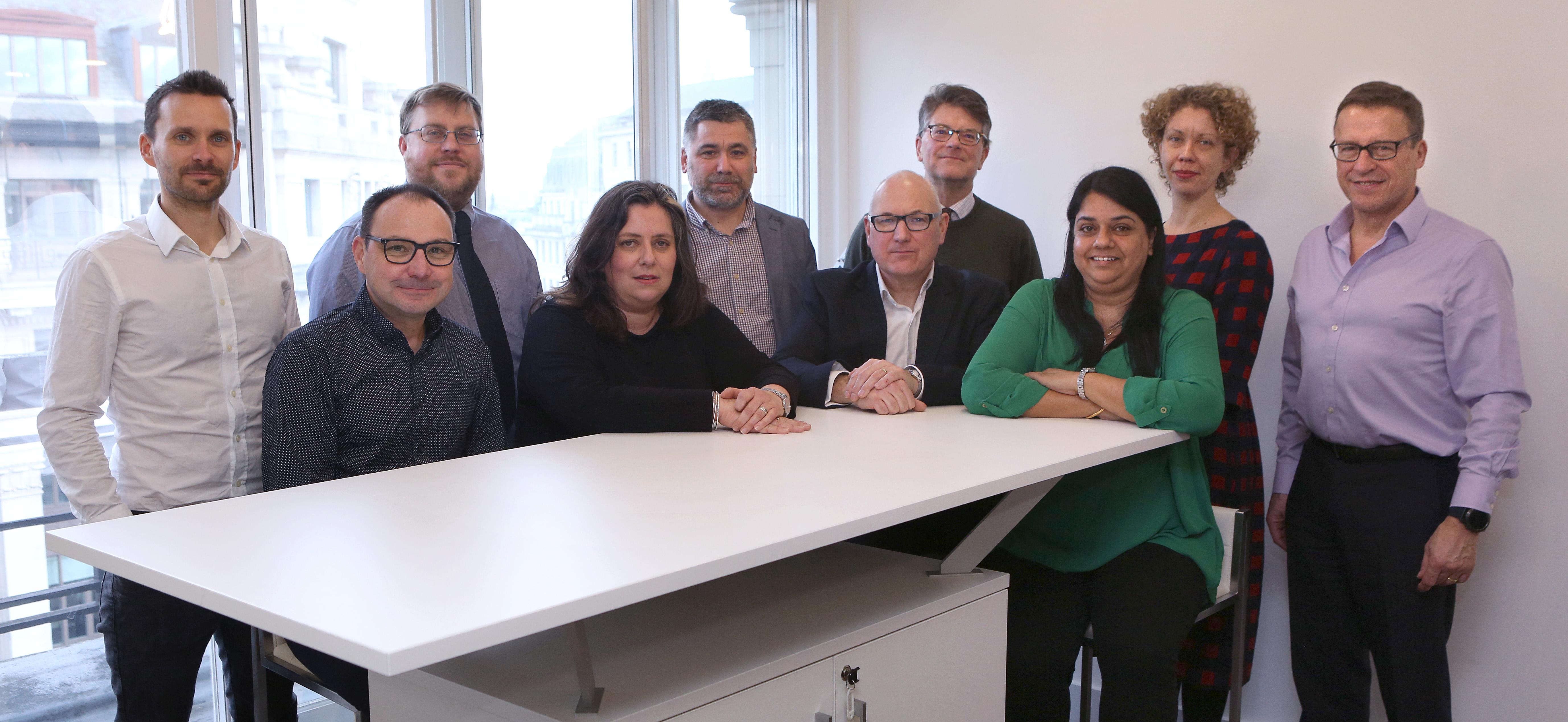
Submitted by Angela Walters on Fri, 05/04/2019 - 18:43
CDBB and the Chartered Institute of Building (CIOB) teamed up for the fifth event in a programme of high-level ‘roundtable’ discussions, which aim to further accelerate adoption of the government’s digital strategy for the built environment, especially the successful embedding of BIM across industry.
This roundtable brought together a group of SMEs spanning construction, architecture, engineering, quantity surveying and project management to discuss the opportunities and challenges that BIM presents.
Overall, the participants were extremely positive about BIM. They agreed that it gives SMEs an opportunity to achieve competitive advantage, win repeat business, drive down costs and deliver better quality outcomes. However, they acknowledged that they face some challenges, including a lack of BIM maturity among their clients and other supply chain partners, contracts that don’t ask for BIM deliverables, and the cost of software and the complexity of licensing it.
The SMEs agreed that BIM was both helping them win more business and work more efficiently. However, they also emphasised that one of its principal benefits derives from the quality of the outputs it produces, not only in terms of the models and drawings it delivers but also in the design and performance of buildings throughout their life.
The challenges they face arise mostly from trying to work in an environment in which BIM take up is still patchy, both among clients and among supply chain partners. It became evident from the discussion that there are opportunities for clients to change the way in which projects are initiated. Collaborative working is one such area, with inefficiencies often arising from multidisciplinary teams not being established at the start of the project.
Another challenge the participants raised was the lack of accessible common data environments. The existing ones are aimed at main contractors whereas resource-constrained SMEs need something that works straight out of the box. There was universal agreement that a simple low-level ISO 19650 compliant utility is needed for SMEs.
There was also much discussion about how to persuade clients that they are, in fact, the ‘big winners’ from BIM. One way of doing this is to use key performance indicators to provide the evidence that projects are, for example, achieving close to zero defects at handover or that the energy use on buildings they have designed is 20% lower than the benchmark.
In spite of some of the challenges they face, this group of SMEs was convinced of the merits of BIM and that it is helping them to grow their businesses and, ultimately, to design and build better buildings.
A full article from the roundtable is published in the online edition of Construction Manager and in BIM Plus.
